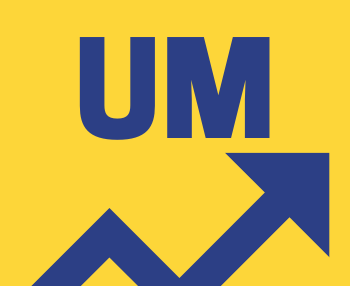Publish Date: Jan 07, 2022
The Unstereotype Alliance’s 'Unstereotype Metric’ (UM) is an open-access tool that measures how well a piece of advertising presents a progressive or regressive image of the female and/or male character(s). The UM is a single measure question that can be applied to advertising creative at any stage of the process through to completion. Advertisers are encouraged to apply the UM and test creative early to shape the final campaign and reap benefits.
The Unstereotype Alliance and Kantar measured over 314,000 ads across 70 countries, 3,300 brands and 251 categories to produce the following key findings in 2021.
1. Progress slowed in 2020, but regained momentum in 2021.
During 2020, as the industry grappled with COVID-19, progressive depictions in advertising plateaued. One year later the industry has not only regained lost ground, but accelerated progress to see UM performance strengthening.

2. More ads are representing diverse skin colours and ethnicities.
In 2021 we’ve seen a big push on ethnic diversity in advertising.

3. Both women and men are more likely to be present in advertising.
Since 2018, both women and men are more likely to be present in advertising together, with sole male presence declining. Women are also increasingly being given speaking lines at the expense of sole male narration.

4. Men and women are still overwhelmingly depicted in traditional roles.
While women are getting more time on screen, both women and men are still overwhelmingly portrayed in traditional roles, with little change in 2021.


5. Higher Unstereotype Metric scores are linked with greater ROI potential.
Ads with a high UM score continue to predict greater ROI for advertising investment in 2021. The potential ROI impact of positive portrayals is stronger in emerging markets compared with developed markets.

6. Fewer ads are depicting men with diverse body types.
Drivers of positive male portrayals are similar across emerging and developed markets, with body type diversity more influential in developed markets. And yet, just 21% of the ads measured depicted diverse body types, a decline of 4% from 2020 data.

7. Depictions of diverse ethnicities and body types are perceived as progressive in developed countries.
Drivers of positive male portrayals are similar across markets, with ethnic and body type diversity more influential in developed markets/the Global North.

8. Despite some progress, ageism continues in advertising.
The amount of women and men aged 40+ present in ads increased substantially in 2021, however ageism still abounds.

9. Members of the Unstereotype Alliance outperform non-members when it comes to UM scores.
While there was little difference in Unstereotype Metric scores measured across emerging vs developed markets, Unstereotype Alliance members achieved higher UM scores than non-members.


